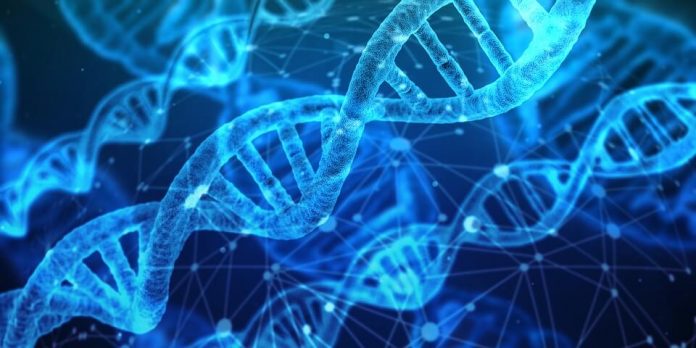In a new study from the University of Colorado Boulder, the genomes of 825 non-Hispanic white American couples were examined to the determination that those couples have similar DNA (deoxyribonucleic acid).
Benjamin Domingue, lead author of the study, published in Proceedings of the National Academy of Sciences, and research associate at CU-Boulder’s Institute of Behavioral Science, stated in a press release, “It’s well known that people marry folks who are like them. But there’s been a question about whether we mate at random with respect to genetics.”
Scientists were already aware of the tendency for humans to marry within their own characteristics such as religion, age, race, income, body type and education. But, this is the first study designed to examine similarities between mates across the entire genome.
The study found that the test individuals were definitively more genetically similar to their mates than they were to any random humans within their own racial population.
The genomic data that Domingue and his colleagues, including CU-Boulder Associate Professor Jason Boardman used was originally collected by the National Institute on Aging’s sponsored Health and Retirement Study.
The specific focus of the study was aimed at examining the 1.7 million single-nucleotide polymorphisms (SNPS; singular SNP) in each person’s genome. These polymorphisms are the locations in human DNA that commonly differ among humans.
SNPS within the human genome, designated by the letters A,T,C or G ,are sequence variations that differ between members of the same species.
Researchers determined that the married couples had fewer DNA differences than between two randomly chosen individuals within the same racial group.
The magnitude of preference for a genetically similar spouse, known as genetic assortative mating, was compared to the more thoroughly studied magnitude of the phenomenon of educational assortive mating, which is defined as the union of people sharing similar educations. It is now understood that genetic assortive mating is approximately a third of the strength of educational assortative mating.
Genetic differences between human populations are, at present, studied by scientists using statistical models that assume random mating. The new findings have possible implications to refining those models.
The foundation has now been set for research in the future to examine if the similarities hold consistent for other races.















